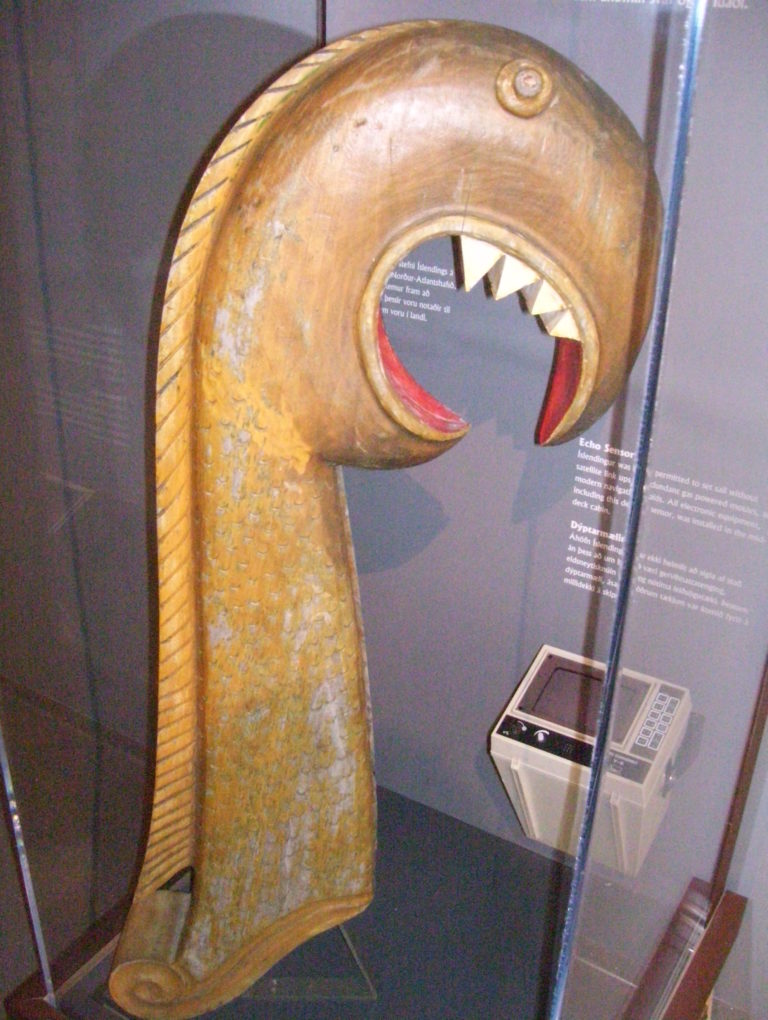
On the course of the road were crannog sites at Lochrutton and Milton loch. West of Glenlochar, a direct line to gatehouse of Fleet where there was a Roman fortlet is blocked by an area of higher ground rising from 400 feet up to 1200 feet at Bengray so a Roman route would probably have skirted this area. It probably followed the same ridge of higher ground taken by the mid-eighteenth century Old Military Road, but crossed the Urr in the vicinity of Old Bridge of Urr rather then the Haugh of Urr to reach Glenlochar. Unfortunately, the route of a hypothesised Roman road between Lower Nithsdale and Glenlochar has not been established. North of Castle Douglas, an area of better quality land extends up the Dee/Ken valley to Dalry, but to the south underlying granite between Screel/ Bengairn and Criffel creates another area of rough grazing, apart from a small area of good quality land in Kirkbean and New Abbey parishes. Running north-west to south-east between Dumfries and Gatehouse of Fleet is broad strip of better quality land which also occupies the eastern half of the Wigtownshire Machars.

The area of better quality land then extends down towards Dumfries. From Ballantrae along the Ayrshire coast lies another area of better quality land widening out until it joins with the better quality land of Upper Nithsdale in the Cumnock area. The Wigtownshire Rhinns are an area of good quality land. This stretches from the eastern shore of Loch Ryan in the west to Upper Nithsdale in the east. Soil quality and land utilisation maps show a large central area of poor quality rough grazing land. The most important element in the understanding of Galloway’s history is the land itself. by is another Scandinavian place name element. In 1557, Ernespie farm was recorded as 'Quesby'. Blackerne is 3 miles east of Glenlochar.Ī Viking grave was found in 1756 on Blackerne farm.Ĭockleathes, Halketleathes and Leathes contain the Scandinavian place name element 'hltha', barn. Another probable Viking burial was found in a cairn on Blackerne farm in the eighteenth century. There is also a cluster of Scandinavian settlement place names around Kirkcudbright. That there were Vikings in Kirkcudbright is known from the presence of a Viking era grave found in 1888 in the town. However, since it is known that Vikings could portage their boats around such obstacles, the rocks at Tongland would not have been a major difficulty for them. Navigation downstream from Glenochar was blocked by a ridge of rock at Tongland near Kirkcudbright. Glenlochar Roman forts, Old Greenlaw and Threave Castle In the later eighteenth century, barges were worked from Threave island to the Boatpool of Dalry, a distance of 15 miles. Andrew Symson noted that ‘the Vicecount of Kenmuir may easily transport himself and his furniture by boat’ from his castle to this residence, a distance of 12 miles. Between Threave and Glenlochar is the site of a tower house used as a summer residence by the Gordons of Kenmure castle.

Altogether it is now known that there were two, possibly three, Roman forts at Glenlochar and at least five marching camps.Ī mile downstream from Glenlochar is Threave castle, constructed in the late fourteenth century on an island site previously occupied by the Lords of Galloway in the twelfth century. In 1947, an aerial photograph revealed that that the site of what had previously been regarded as the site of an ‘abbey’ at Glenlochar was actually a Roman fort on the east bank of the Galloway river Dee. The location at Glenlochar is immediately interesting. If Michael is correct, then Glenlochar represents ‘glen of the Viking encampment’.Ī Viking longphort at Glenlochar means that the Vikings were accessing 25 miles of inland navigation on the Dee/ Ken river system - potentially from Kirkcudbright, where a Viking grave has been found, to the Boatpool of Dalry. Luchairt is a Scottish Gaelic word derived from 'longphort', a Viking encampment.

He suggests that the Gaelic place name Glenlochar in eastern Galloway might not be 'gleann luachair'- the rushy glen but 'gleann' + 'luchairt'. It is close to Sinniness which Maxwell derives from Old Norse sunan nes -southern headland.Įxcitingly, as part of his ongoing research into the Gaelic place names of Galloway and Carrick, Michael Ansell may have found one. Although western Galloway became part of a Dublin Viking kingdom, no longphorts have been found in Galloway, unless Herbert Maxwell, ‘Place Names of Galloway’ is correct and Long Fort farm near Auchenmalg Bay in Old Luce parish was a longphort. One of these was long-lived and evolved into the city of Dublin, but most were not so enduring. When the Vikings arrived in Ireland, they set up temporary encampments which the Irish called ‘longphorts’.


 0 kommentar(er)
0 kommentar(er)
